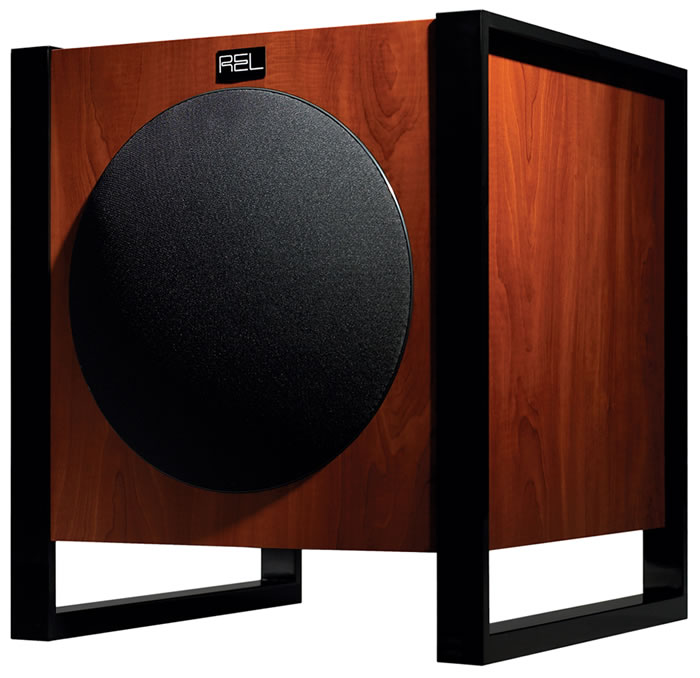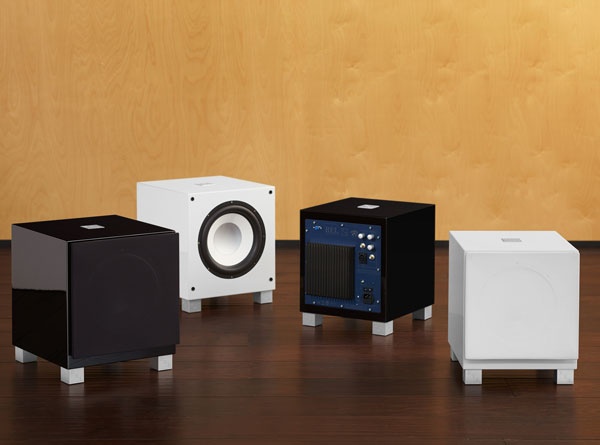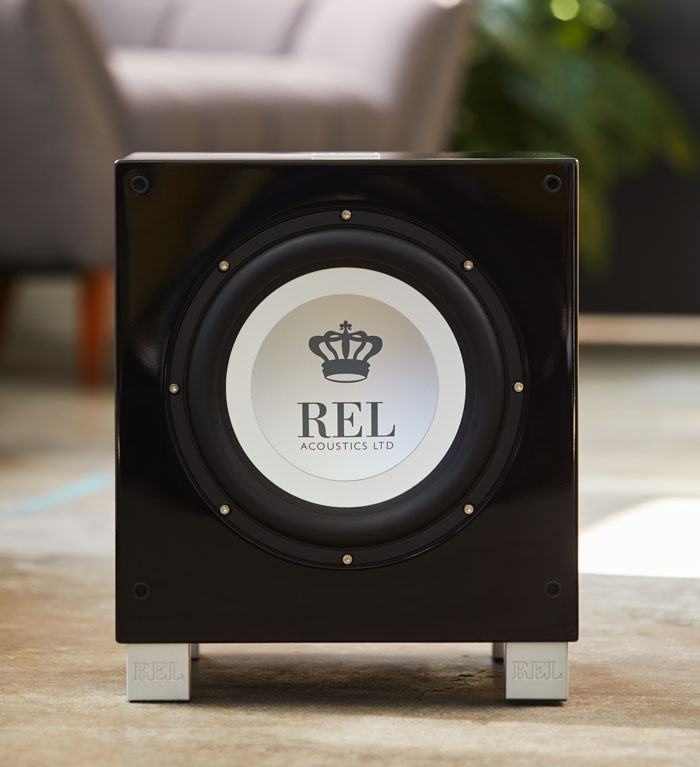Blog
Looking Back on T/i
It’s almost hard to remember a time when there wasn’t a Serie T/i. This range has become so incredibly successful, for so long a time that it’s well worth a look back at this iconic offering, as we begin moving forward.

By the time Serie T/i debuted in April of 2015, the T ranges had become well ensconced as THE range of go-to subwoofers for those that wanted its unique mix of musicality, ability to mate perfectly with main speakers, affordability, potent theatre performance and a truly luxury level of fit and finish. Beginning in 2006 with the original T Series, we had delivered many of these same ingredients in a mid-century styling that many loved but a few found too deliberately styled. Compared with our more contemporary designs, they were softer, slower and not as potent in output but for the time a breakthrough for REL, and dealers and customers gobbled them up.
By 2010, we and our customers alike were ready for something newer, and so the much freshened second generation dubbed Serie T debuted. Sleek, modern and stylish in piano black or white lacquer with natural aluminum bead blasted feet and badges, these were inhaled by the market. A return to a modern, cubist form was both familiar and in step with the times. Naturally, reliability and performance were retained and sales rose dramatically, while performance improved with audible increases in speed and definition.
Still, we felt higher performance could be extracted and so in 2015, the release of the Serie T/i realized a significant step up. Designs were sharpened, proportions improved upon, drivers were significantly upgraded with greater stiffness in the cone structure, courtesy of a light, stiff aluminum center cap that stiffened the cone by some 200%. Limiters were upgraded to yield higher output and the overall performance took a notable step forward. During the tenure of Serie T/i, REL grew by some 350% worldwide, with international distribution–always strong in Europe and North America– exploding in Asia as well.

The funny thing about Serie T/i is that we were well along the path to releasing the then-new T/i , indeed I had gone over to supervise a pre-production run (Pre-production is a relatively modest run of new product that is constructed on the actual production line using all actual production techniques to ensure a smooth process once we move on to higher volume production runs). There had been something tickling away at the back of my brain for a month or longer during all our in-house development listening. It wasn’t obvious, hence the difficulty figuring out what was bothering me. I went through my check list, design looked great. Check. Fit and finish of paintwork was superb. Check. The new limiters allowed greater dynamics. Check. Right down the list. Pre-production went brilliantly and I boarded the plane tired, but satisfied that in 45 days we would begin producing a wonderful new line. And yet, there was this little nagging. Something didn’t sound quite right.
A couple days later, listening in the development studio, it finally hit me like a ton of bricks. I was hearing flexure, tiny flexing of the cone structure that was producing a kind of wooly woofle that obscured details like the leading edge of drum thwacks. I went back over my work but could see nothing obviously wrong, so I took a gamble. I called the engineers that night, had them increase the diameter of the alloy center cap to a specific ratio ––I cannot begin to explain why I fastened on.

They were a little shocked to be asked for a change AFTER pre-production but they were so good hearted about it. A week later two new drivers, an 8” and a 10” were delivered. I remember we swapped them out within 10 minutes of receiving them from the air freight company, still cold from being inside the hold of the plane. We let them run in, gently at first, then after one hour gave them a fairly serious thrashing for two hours.
And there it was, that perfectly balanced sound we all know and love where the bass is rich, full of character and texture with superb dynamics. Importantly, it restored the balance that had been missing, the leading-edge transients were there, the body of the note bloomed and expanded like the real thing and finally, the all-important decay pattern as a fast woofer tracks a note as it dies away; we could finally hear all three components of each bass note/dynamic.
Since that time, I have spoken privately with other designers and almost each of them has shared a similar moment. One where a lifetime of experience leads to instinctual takeover and a change is ordered without fully understanding why that leads to greatness. There have been several moments like that lately and I will be back soon to share that part of the journey. But that’s for another time. For now, enjoy and savor the long kiss in the sun that was Serie T/i.










